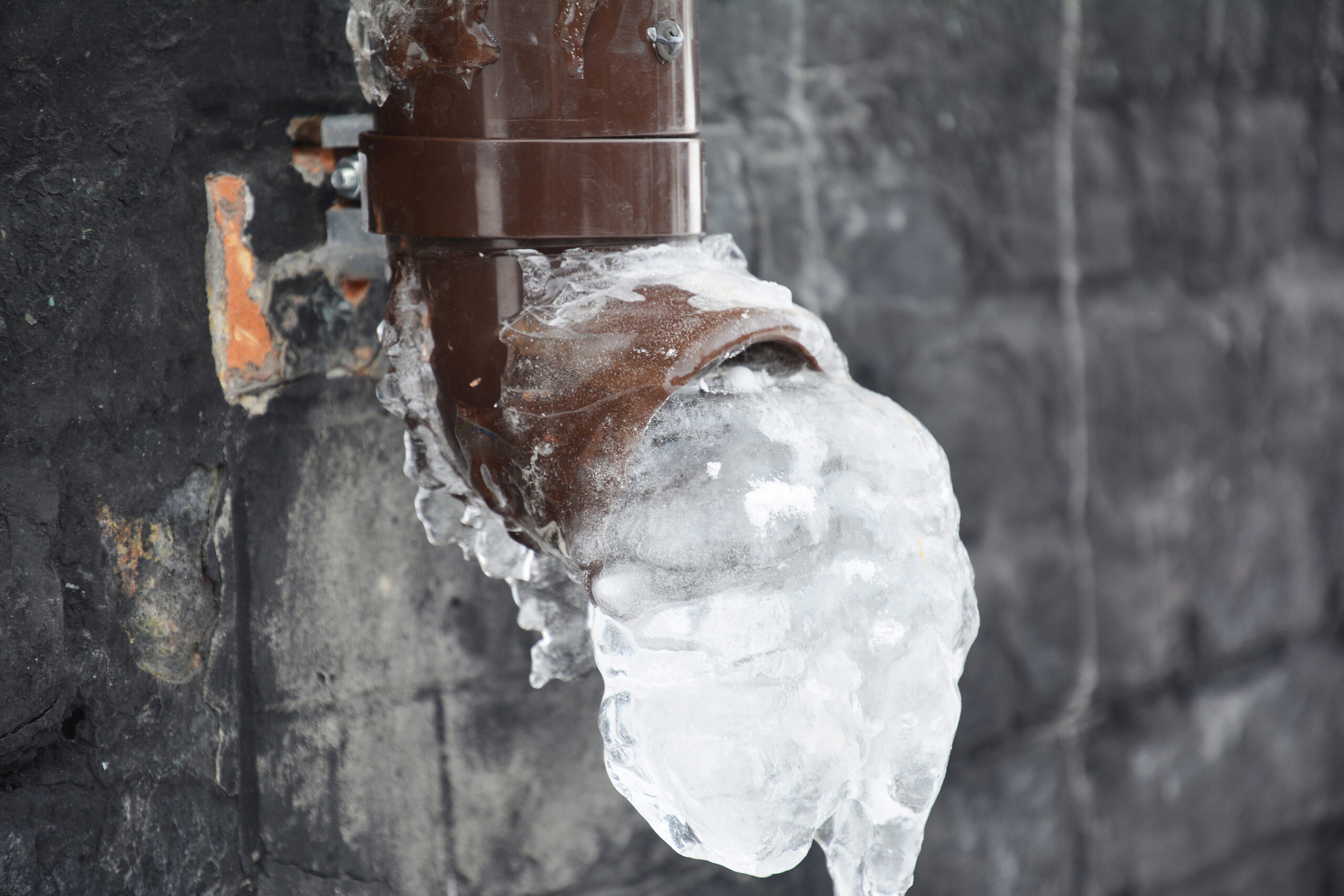Tips to Keep Your Pipes from Cold Weather Issues: Essential Advice
Tips to Keep Your Pipes from Cold Weather Issues: Essential Advice
Blog Article
Presented here in the next paragraphs you can find more sensible resources concerning Preventing and dealing with frozen pipes.

Winter can damage your plumbing, particularly by freezing pipelines. Right here's exactly how to prevent it from taking place and what to do if it does.
Intro
As temperatures drop, the risk of icy pipelines increases, possibly causing costly fixings and water damage. Recognizing exactly how to prevent frozen pipelines is vital for homeowners in cool climates.
Avoidance Tips
Shielding susceptible pipelines
Cover pipelines in insulation sleeves or utilize heat tape to protect them from freezing temperatures. Concentrate on pipelines in unheated or outside areas of the home.
Heating techniques
Maintain indoor areas adequately warmed, specifically locations with plumbing. Open closet doors to enable warm air to flow around pipes under sinks.
Exactly how to recognize frozen pipelines
Seek decreased water flow from taps, uncommon odors or noises from pipes, and noticeable frost on exposed pipes.
Long-Term Solutions
Structural modifications
Take into consideration rerouting pipes away from exterior wall surfaces or unheated locations. Include additional insulation to attic rooms, cellars, and crawl spaces.
Updating insulation
Buy top quality insulation for pipes, attics, and walls. Proper insulation helps keep constant temperature levels and minimizes the threat of icy pipes.
Securing Outside Pipes
Yard tubes and exterior faucets
Detach and drain yard pipes before winter season. Mount frost-proof spigots or cover outside faucets with insulated caps.
Recognizing Icy Pipelines
What creates pipes to freeze?
Pipelines freeze when subjected to temperature levels listed below 32 ° F (0 ° C) for prolonged durations. As water inside the pipes ices up, it broadens, putting pressure on the pipe walls and potentially triggering them to burst.
Dangers and problems
Icy pipelines can lead to supply of water disturbances, residential or commercial property damage, and costly fixings. Burst pipes can flood homes and create substantial structural damage.
Indications of Frozen Water Lines
Recognizing icy pipelines early can avoid them from rupturing.
What to Do If Your Pipes Freeze
Immediate activities to take
If you presume frozen pipelines, maintain taps open to relieve stress as the ice melts. Utilize a hairdryer or towels soaked in warm water to thaw pipes gradually.
Conclusion
Preventing frozen pipelines requires proactive actions and quick reactions. By understanding the reasons, signs, and safety nets, property owners can shield their plumbing throughout cold weather.
5 Ways to Prevent Frozen Pipes
Drain Outdoor Faucets and Disconnect Hoses
First, close the shut-off valve that controls the flow of water in the pipe to your outdoor faucet. Then, head outside to disconnect and drain your hose and open the outdoor faucet to allow the water to completely drain out of the line. Turn off the faucet when done. Finally, head back to the shut-off valve and drain the remaining water inside the pipe into a bucket or container. Additionally, if you have a home irrigation system, you should consider hiring an expert to clear the system of water each year.
Insulate Pipes
One of the best and most cost-effective methods for preventing frozen water pipes is to wrap your pipes with insulation. This is especially important for areas in your home that aren’t exposed to heat, such as an attic. We suggest using foam sleeves, which can typically be found at your local hardware store.
Keep Heat Running at 65
Your pipes are located inside your walls, and the temperature there is much colder than the rest of the house. To prevent your pipes from freezing, The Insurance Information Institute suggests that you keep your home heated to at least 65 degrees, even when traveling. You may want to invest in smart devices that can keep an eye on the temperature in your home while you’re away.
Leave Water Dripping
Moving water — even a small trickle — can prevent ice from forming inside your pipes. When freezing temps are imminent, start a drip of water from all faucets that serve exposed pipes. Leaving a few faucets running will also help relieve pressure inside the pipes and help prevent a rupture if the water inside freezes.
Open Cupboard Doors
Warm your kitchen and bathroom pipes by opening cupboards and vanities. You should also leave your interior doors ajar to help warm air circulate evenly throughout your home.

We hope you enjoyed reading our piece about Preventing and dealing with frozen pipes. Many thanks for taking the time to read through our piece. Do you know another person who is fascinated by the topic? Please feel free to promote it. Many thanks for your time. Don't hesitate to come visit our site back soon.
Schedule A Service Report this page